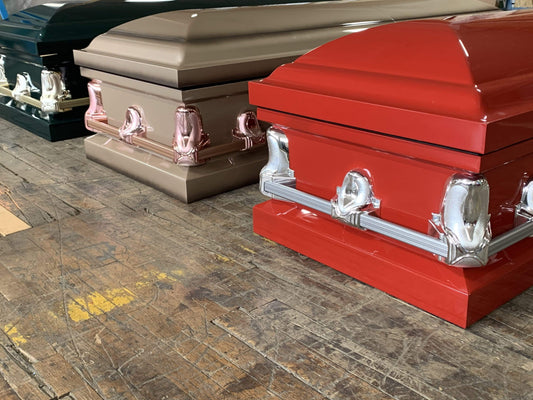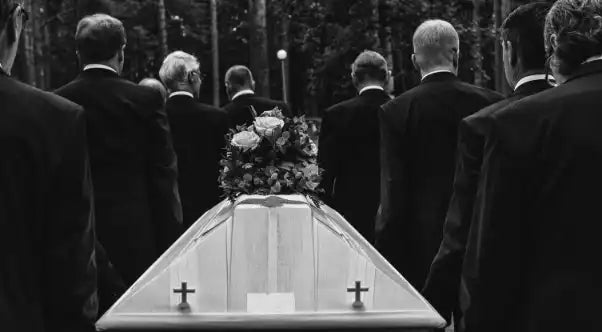Is A Viewing Before The Cremation Allowed?
Yes, there may be a viewing before the cremation. Let's discuss some of the most popular ways to see your loved one for the last time.
- Hosting A Viewing Before The Body Is Cremated: Perhaps you want to give friends and relatives the chance to see your loved one before the corpse is cremated. You may choose to have an open-casket funeral if that's what you want. The funeral home personnel embalms the corpse and then dresses, makes up, and styles the deceased's hair. The deceased is positioned in a half-couch casket with an open top and a lid. A less costly cremation casket may be purchased by family members and put inside a conventional casket hired for the occasion at certain funeral establishments. Typically, during a visitation, the top portion of the casket is opened, allowing visitors to see the deceased and offer their condolences to the family. Some families choose not to have a visitation, but the casket may be opened at a funeral viewing, which is often conducted before the official funeral ceremony. After the funeral ceremonies are over, the family can get one more chance to say goodbye and examine the deceased before they are cremated.
- Viewing Before Direct Cremation: After someone passes away, immediate family members may assemble at the funeral home or the cremation. When they arrive, they are given a chance to see the body of a loved one for the last time. There are viewing areas at certain cremation facilities specially built for this purpose. Small groups are permitted to visit and pay respects to the deceased before it is time for cremation. It's possible that the deceased person's clothing is still on them at the moment of death. The body is cremated once the family has said their last goodbyes and the necessary paperwork has been filed. The cost of direct cremation is lower since embalming is not needed. Even though one must buy a cremation casket, it is less expensive than a conventional casket. There’s also an option of a rental casket. Transporting the deceased to the funeral location or the cemetery incurs no extra expenditures, and paying for a cremation urn's final resting place is usually less costly than buying a cemetery spot.
- Viewing The Cremation: The family may be permitted to observe the cremation at certain facilities. It's not as scary as you may expect. However, it might be a little unnerving if you are unfamiliar with how the cremation procedure works. Before entering the crematorium, the body is initially put into a casket for cremation. In certain facilities, relatives may add inscriptions, drawings and signatures on the casket. The family could then be led into a quiet viewing area. The crew places the casket into a retort, a chamber made of concrete with a stainless steel interior. Here is where the cremation itself happens. Family members may be given a button to seal the machine at certain crematoriums. There isn't much left for the family to view after the casket is placed into the retort and the door is sealed. The actual cremation does not occur with a view inside the retort. The cremation procedure takes a while. It may take as long as three-four hours. Most families don't stay the whole time, and some crematoriums give the families a limited amount of time to remain in the viewing room.
Further Key Takeaway
People are but naturally now more inclined to wish to see a loved one's body before the cremation takes place. If you're also interested in the same, think about all the alternatives you could arrange for while organizing a funeral ceremony for a loved one. Before you choose a specific type of memorial service, ask the local funeral home or cremation facility what options are available to you.
It Can Be Hard To Make Decisions About Your Loved One Funeral
Although we made an effort to provide you with a variety of options for seeing the deceased before cremation, we may have instead made it more difficult for you to decide. After all, we've provided you with instances of a wide range of potential circumstances that may apply to your circumstance. Nevertheless, we understand that making choices about a loved one's end-of-life is difficult. We thus urge everyone to make a funeral plan and to tell others about it.

![Upgrade to Premium Weight [18-gauge steel]](http://titancasket.com/cdn/shop/products/casketthicknesswithnumbers.png?v=1680642906&width=533)



